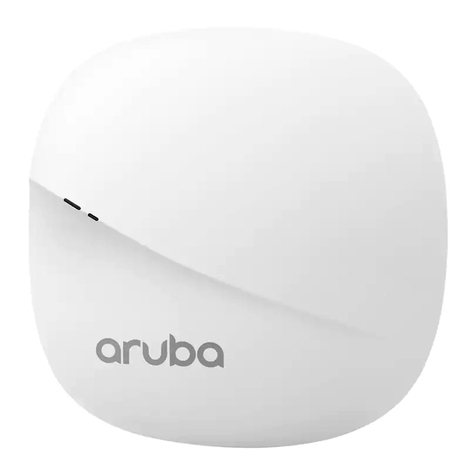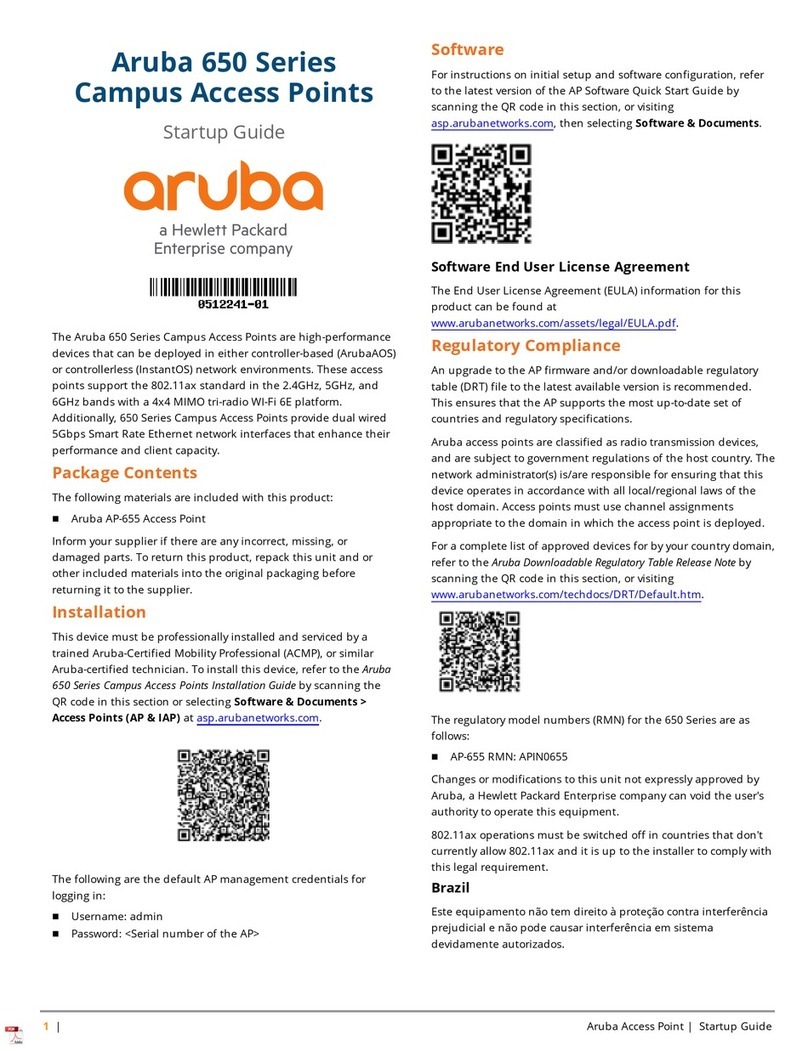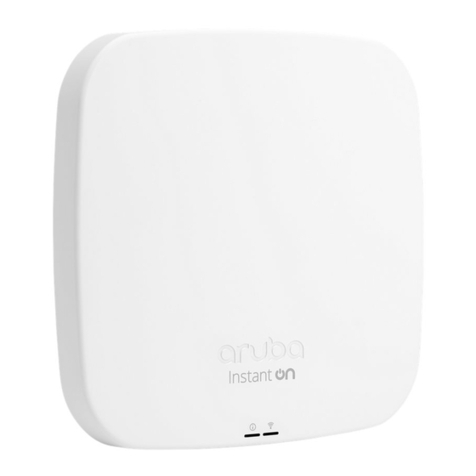HPE Aruba Networking 650 Series User manual
Other HPE Wireless Access Point manuals
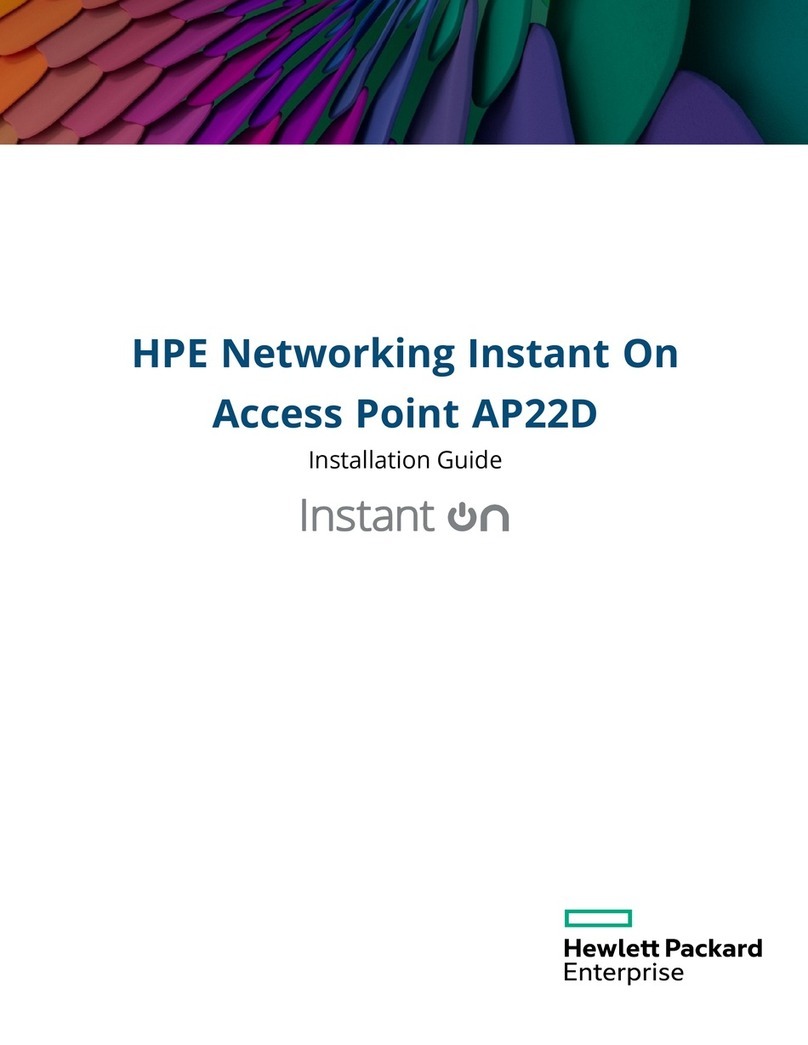
HPE
HPE Instant On AP22D User manual
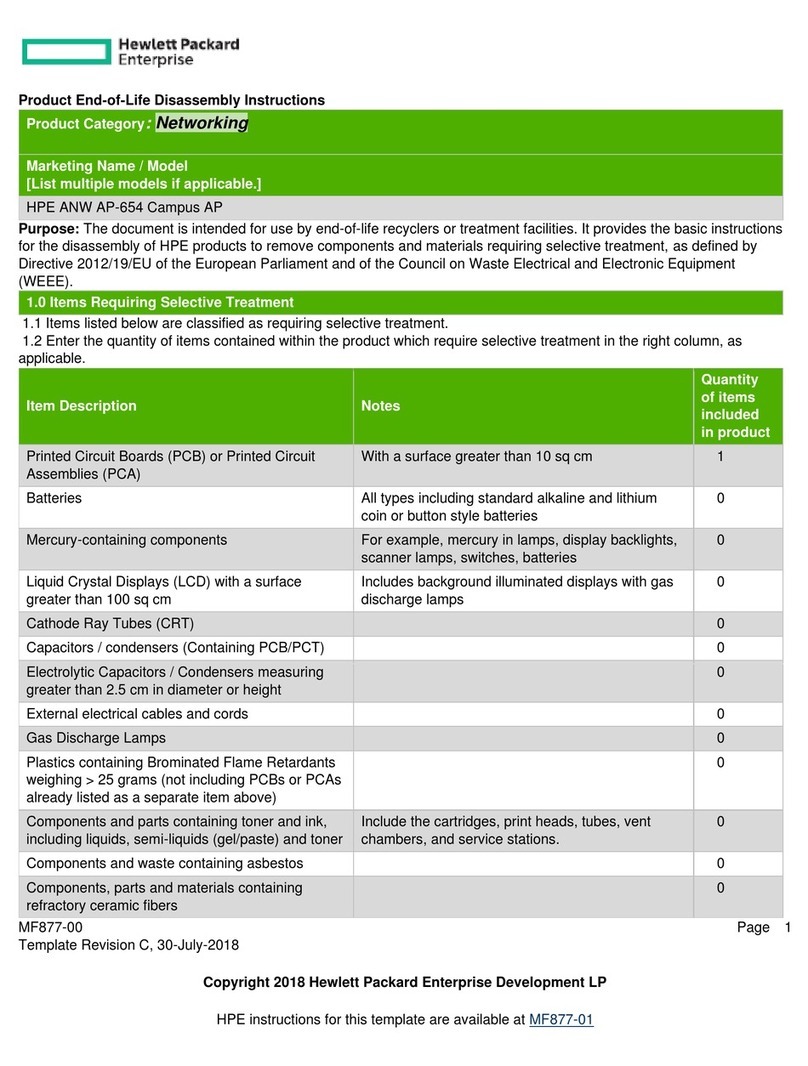
HPE
HPE ANW AP-654 Assembly instructions
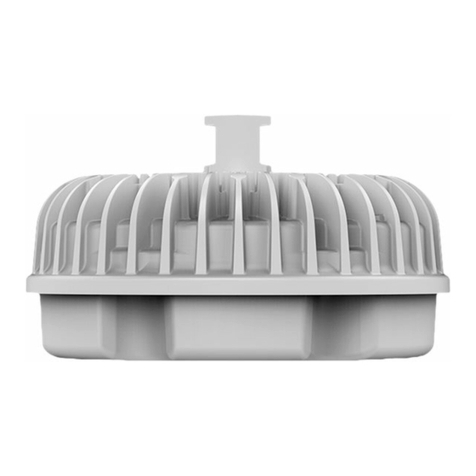
HPE
HPE Aruba AP-577 Assembly instructions
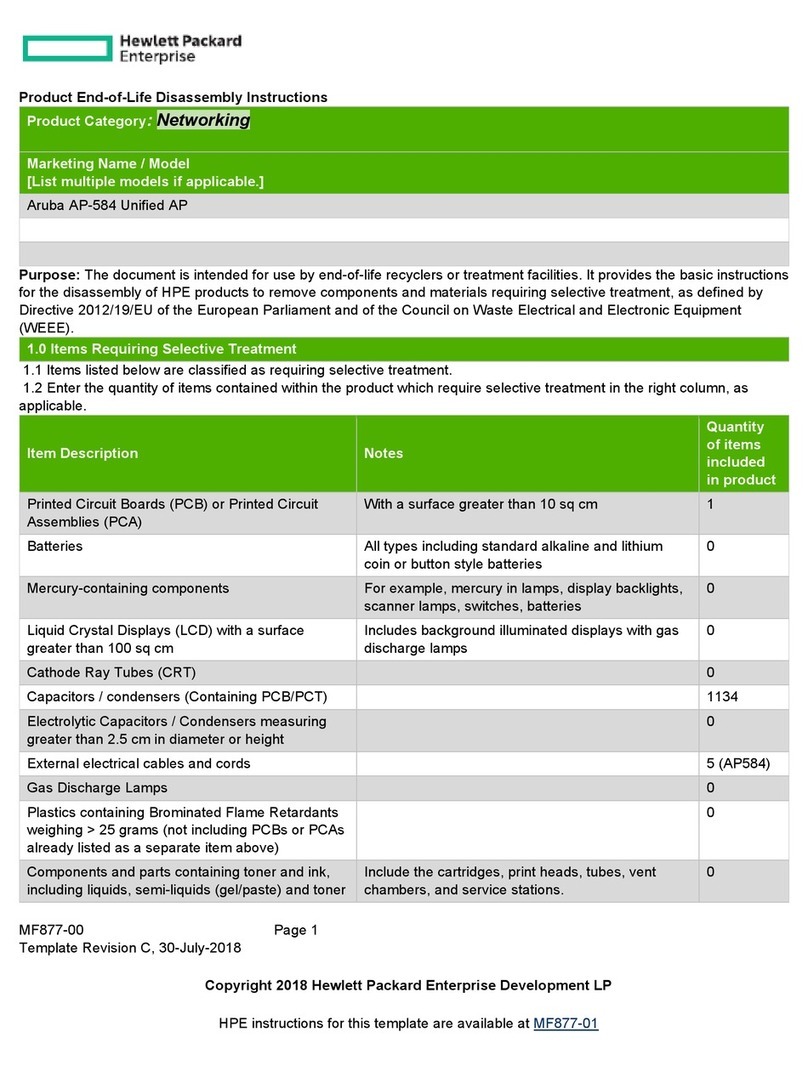
HPE
HPE Aruba AP-584 Assembly instructions
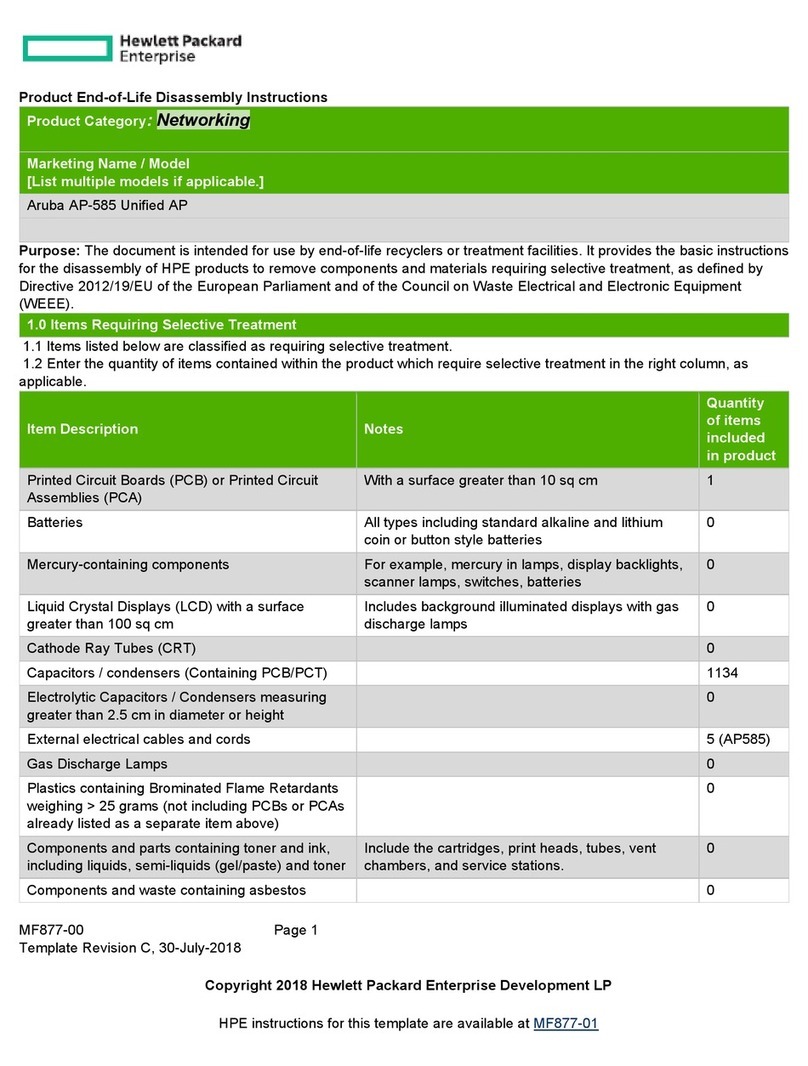
HPE
HPE AP-585 Assembly instructions
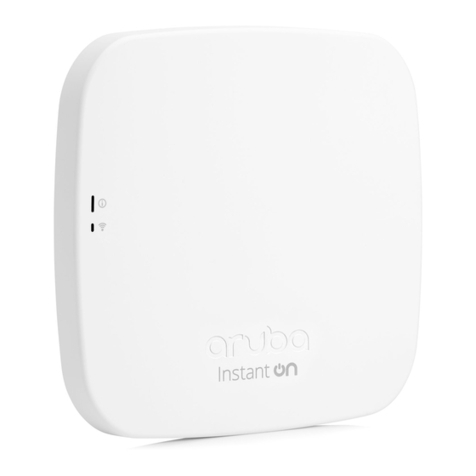
HPE
HPE Aruba AP12-RW Assembly instructions
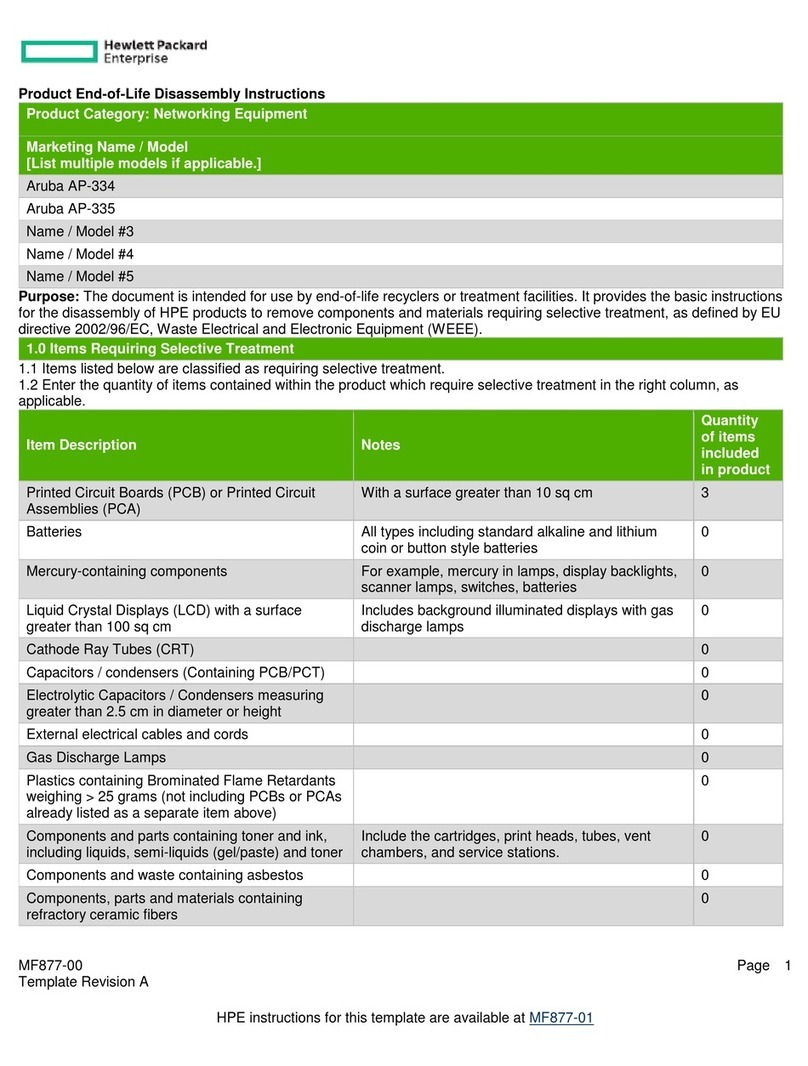
HPE
HPE Aruba AP-334 Assembly instructions
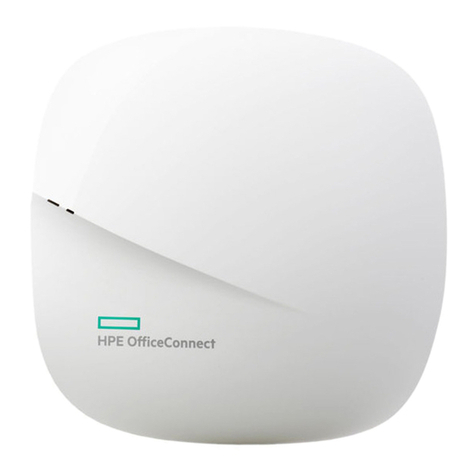
HPE
HPE OfficeConnect OC20 User manual
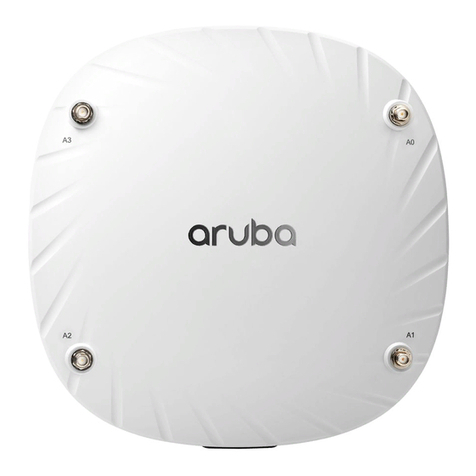
HPE
HPE Aruba AP-514 Assembly instructions
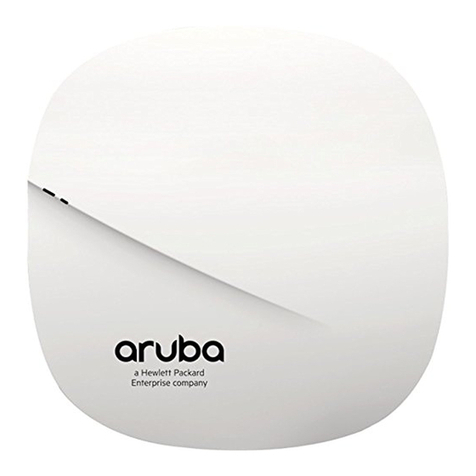
HPE
HPE Aruba AP-207 Assembly instructions
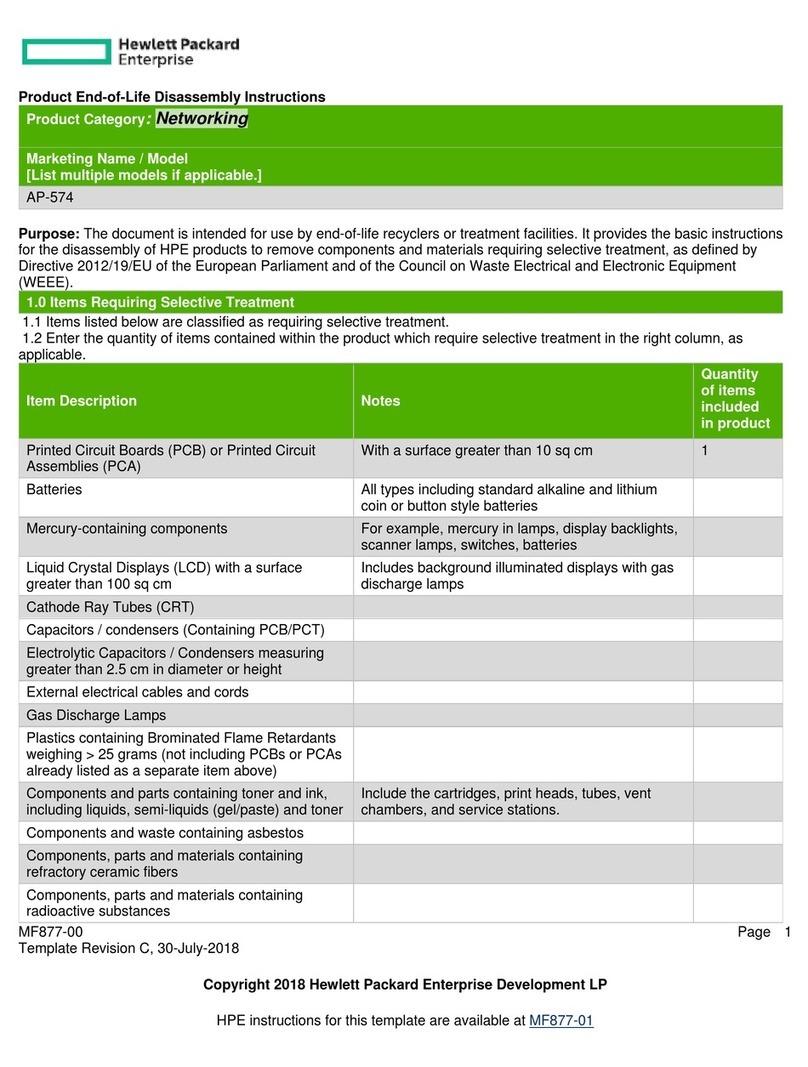
HPE
HPE Aruba AP-574 Assembly instructions
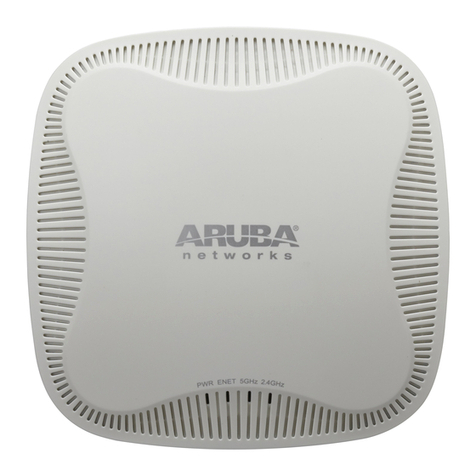
HPE
HPE Aruba AP-103 Assembly instructions
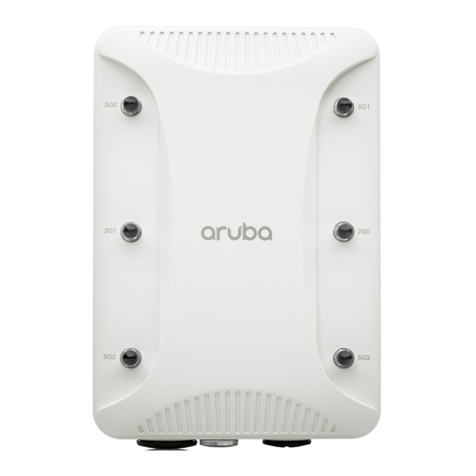
HPE
HPE Aruba AP-318 Assembly instructions
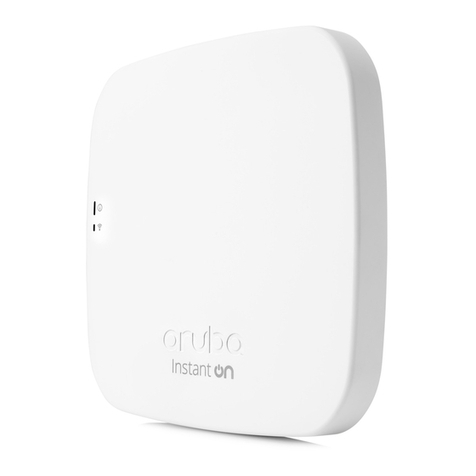
HPE
HPE Aruba AP11-RW Assembly instructions

HPE
HPE Aruba AP-518 Assembly instructions
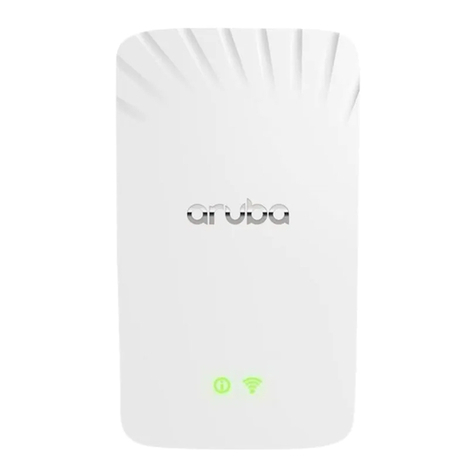
HPE
HPE Aruba AP-505H Assembly instructions
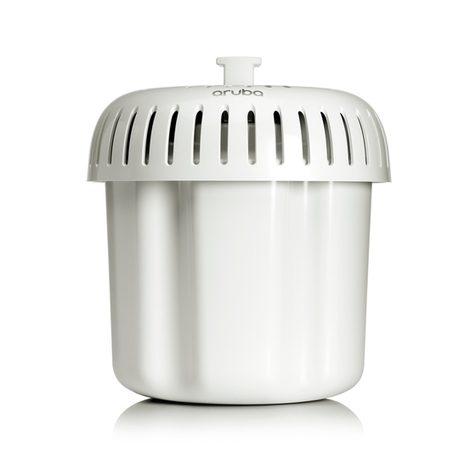
HPE
HPE Aruba AP-575 Assembly instructions
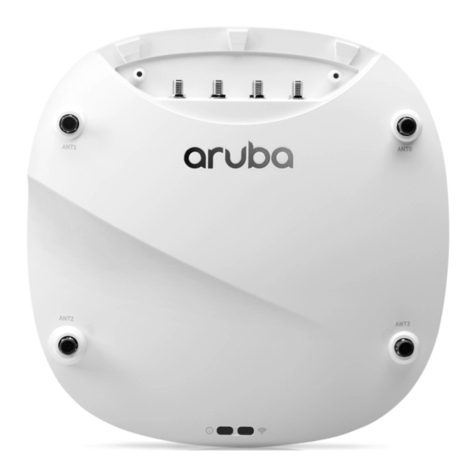
HPE
HPE Aruba AP-344 Assembly instructions
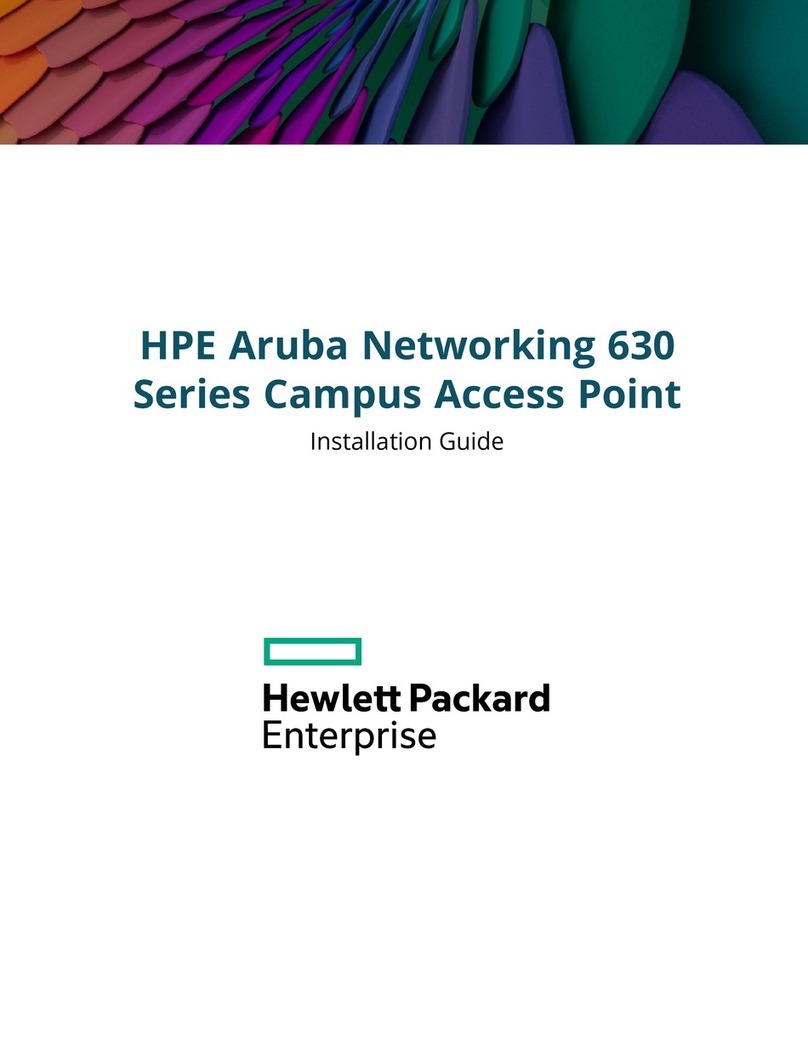
HPE
HPE Aruba Networking 630 Series User manual
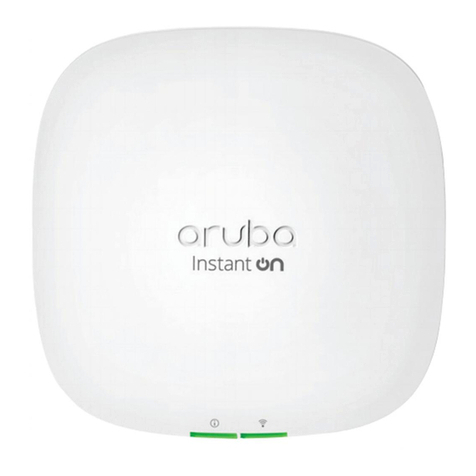
HPE
HPE AP22 Assembly instructions
Popular Wireless Access Point manuals by other brands

Monoprice
Monoprice MW301A user guide

D-Link
D-Link DWL-2700AP - AirPremier Outdoor Wireless Access... user manual

D-Link
D-Link DWL-2100AP - AirPlus Xtreme G Quick installation guide

TP-Link
TP-Link Auranet EAP225 Quick installation guide

D-Link
D-Link DWL-2100AP - AirPlus Xtreme G Quick installation guide

Ubiquiti
Ubiquiti NanoStation NSM2 quick start guide
